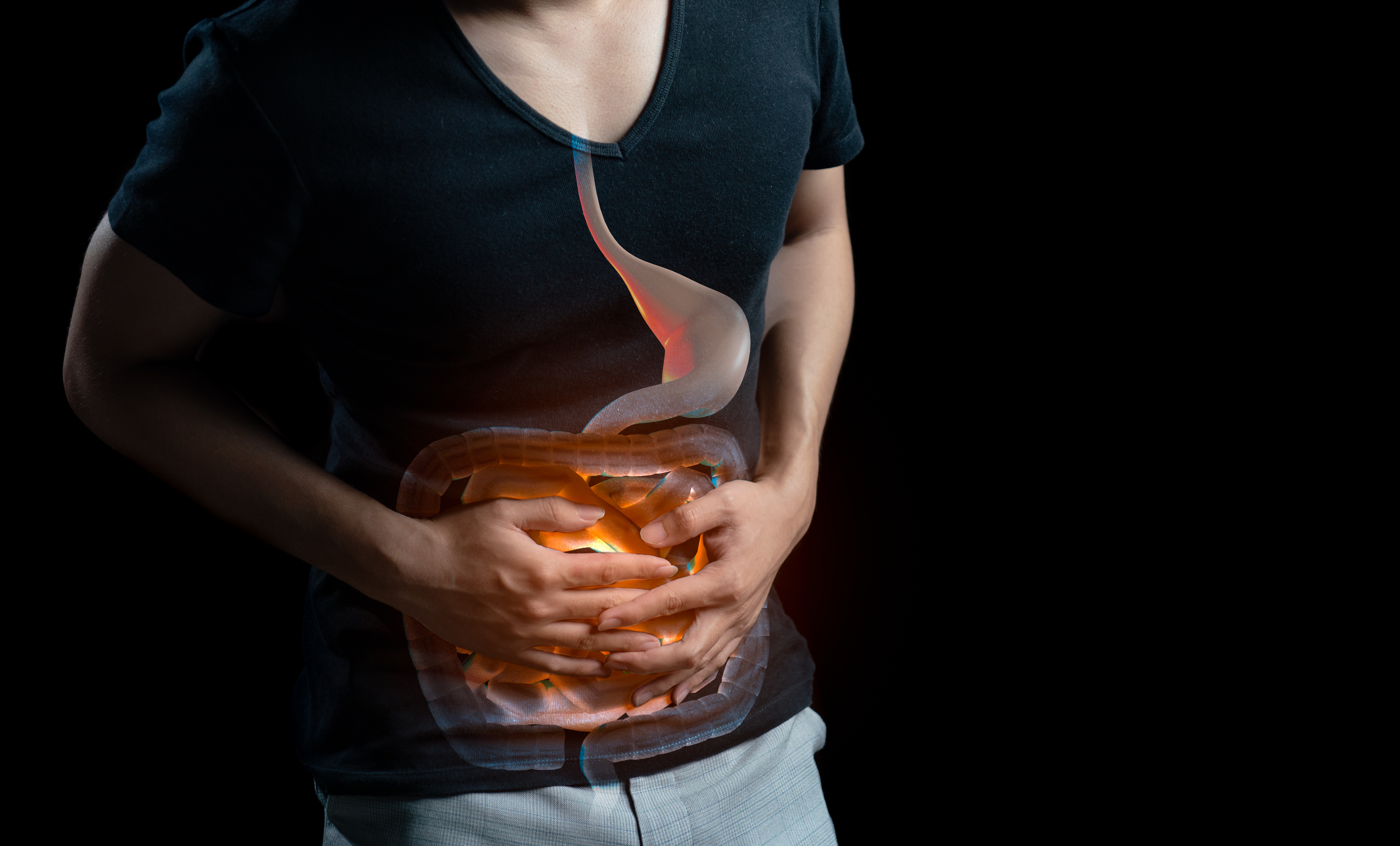Generally, an increase in vaginal discharge before menstruation is considered a normal physiological phenomenon. However, if there is significant discomfort associated with this increase, it should be given enough attention. What are some abnormal manifestations of vaginal discharge?
1. Is an increase in vaginal discharge before menstruation normal?
Normal vaginal discharge is clear, transparent, and odorless.
(1) Vaginal discharge is a secretion from the vagina and cervix. Under normal circumstances, the amount is very small, transparent, shiny, and sticky, with no odor. However, if it stays in the vagina for too long, it may appear slightly yellow.
(2) Before menstruation, during ovulation, and during pregnancy, the amount of vaginal discharge may increase. During ovulation, the discharge may resemble egg whites.
The increase in vaginal discharge before menstruation is due to increased pelvic congestion and blood flow in the cervix and vagina. Therefore, the natural secretion from the vagina will increase.
(3) Some young women may also experience an increase in vaginal discharge during the ovulation period or after exertion.
(4) This increase in vaginal discharge related to menstruation is also considered a normal physiological phenomenon.
When there is an increase in vaginal discharge, it is important to wash the external genitals with warm water daily to keep the vagina clean and prevent inflammation.
(5) If there is still a significant amount of vaginal discharge after menstruation or if it becomes pus-like and has an odor, it is considered abnormal, and it is necessary to seek medical examination and treatment.
2. What are the abnormal manifestations of vaginal discharge?
1. Watery yellow discharge
This often occurs after continuous vaginal bleeding and is accompanied by a large amount of purulent and foul-smelling discharge. It is important to consider late-stage cervical cancer, endometrial cancer, or infections associated with submucosal fibroids.
Intermittent discharge should raise concerns about the possibility of fallopian tube cancer.
2. Purulent discharge
This discharge is yellow or yellow-green, sticky or foamy, and has an odor. It is mostly caused by vaginal inflammation, with trichomonas vaginitis being the most common. It is often accompanied by itching of the external genitals.
It can also be seen in cases of chronic cervicitis, senile vaginitis, endometritis, endometrial fluid accumulation, or foreign bodies in the vagina.
3. Cheese-like or curd-like discharge
This is typically a characteristic of candidal vaginitis and is often accompanied by severe itching of the external genitals.
4. Bloody discharge
If blood is mixed with the discharge, it is important to be vigilant about the possibility of cervical cancer or endometrial cancer.
However, benign conditions such as cervical polyps, cervical erosion, submucosal fibroids, functional uterine bleeding, urethral caruncle, or senile vaginitis can also cause bloody discharge. It can also be caused by minimal bleeding from an intrauterine device.
5. Increased discharge accompanied by urinary disorders
In cases of gonococcal infection, the amount of discharge increases, similar to the amount of urethral secretions. It appears yellow and purulent, indicating an intense inflammatory response. In cases of chlamydial cervicitis, the discharge is less sticky, and there is an increase in white mucous cervical secretions.
3. Dietary taboos for yellowish discharge
1. For those with spleen deficiency and yellowish discharge, avoid cold and greasy foods such as cucumber, lettuce, winter melon, radish, luffa, fatty meat, and cold drinks.
For those with kidney deficiency, avoid salty and cold or pickled foods such as seafood, algae, soybean paste, preserved meat, and pickles.
2. For those with damp-heat discharge, avoid stimulating foods such as alcohol, vinegar, acidic foods, and spicy foods like chili, pepper, onion, ginger, mutton, dog meat, rooster, and eel. These foods can worsen the condition and increase the amount of yellowish discharge.












